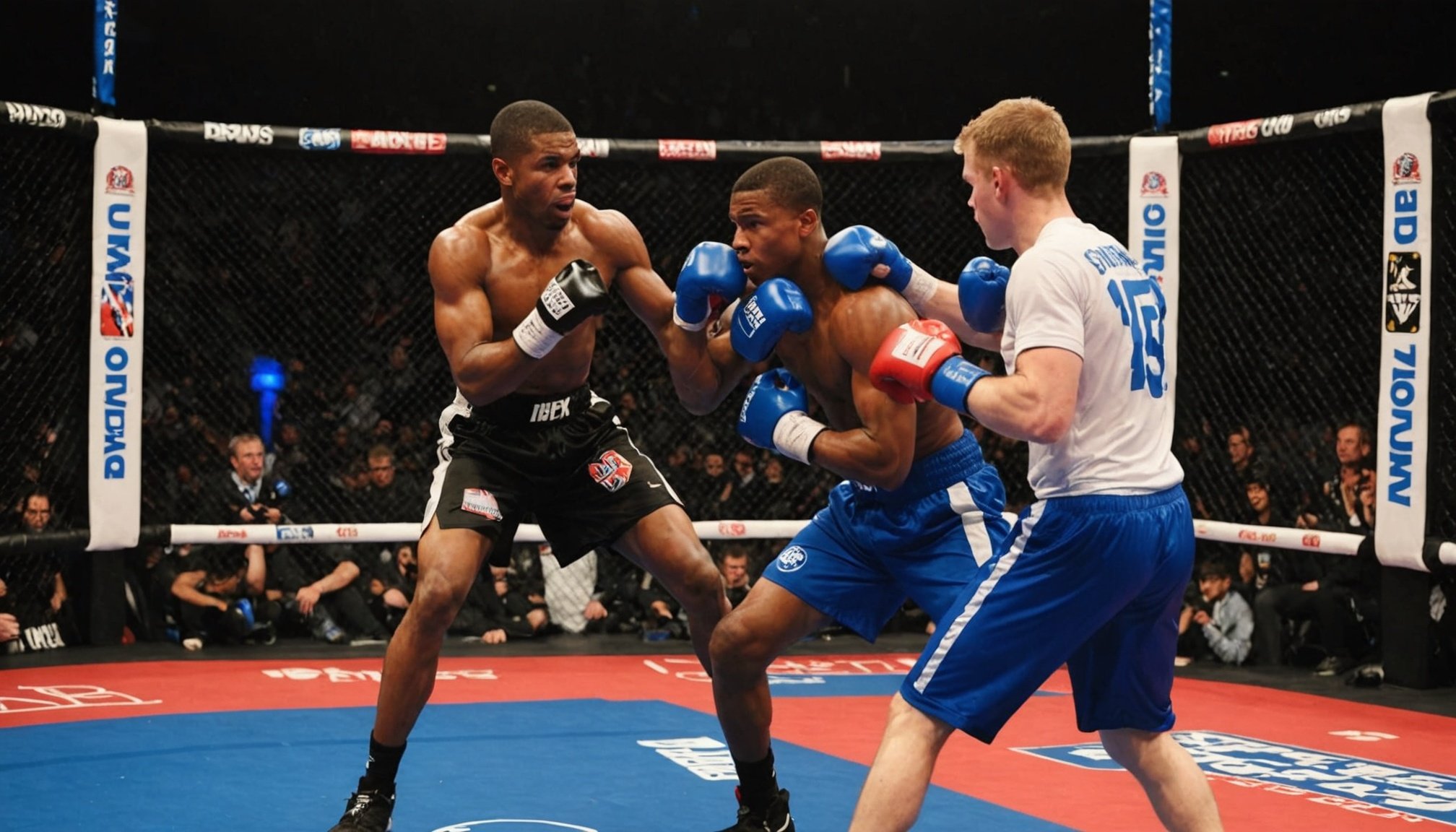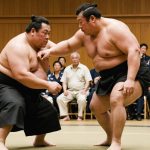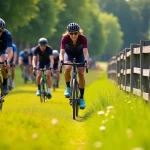Overview of UK Combat Sports and Their Youth Involvement
Youth participation in UK combat sports is steadily growing, with boxing, MMA, and karate standing out as the most popular disciplines. Boxing remains a traditional favorite, often introduced at an early age, helping young athletes develop discipline and fitness. Meanwhile, MMA has surged in popularity due to its dynamic nature, blending striking and grappling techniques. Karate also maintains strong youth engagement, particularly through structured dojo programs that emphasize respect and technique.
Participation levels vary by region, but urban areas tend to have higher numbers of young athletes engaged in combat sports. The demographics are diverse, with rising inclusion across genders and ethnic backgrounds reflecting Britain’s multicultural society.
Also to discover : Mixed martial arts events in the UK: What are the economic benefits?
National and local initiatives play a crucial role in boosting youth involvement. For example, grassroots programs and school clubs focus on accessibility and safety, allowing more young people to benefit from the physical and mental advantages of combat sports. These initiatives ensure sustainable growth and nurture future talent, providing positive pathways for youth across the UK.
Physical and Psychological Benefits for Young Participants
Participating in structured physical activity offers significant physical benefits for young people. Regular exercise improves cardiovascular health, muscular strength, and overall fitness. It also instills discipline, encouraging consistent routines that contribute to long-term youth health. These activities promote a healthier lifestyle, reducing risks of obesity and chronic illnesses early on.
Also read : Revving up the tachiai: creative strategies for uk sumo wrestlers to enhance their opening charge techniques
Beyond the body, youth experience vital growth in psychological development. Engaging in sports or fitness programs boosts self-esteem by providing goals to achieve and opportunities for success. Confidence flourishes when young participants master new skills, while mental resilience builds through overcoming challenges and setbacks.
Emotional regulation is enhanced as children and adolescents learn to navigate stress, disappointment, and teamwork dynamics. Studies reveal that physical engagement correlates with lower rates of anxiety and depression among youth, further affirming its role in supporting balanced mental wellbeing.
Incorporating expert opinions, it is clear that blending these physical and psychological benefits effectively nurtures healthier, happier youth. This integrated approach not only advances fitness but also empowers participants to face life’s obstacles with greater strength and confidence.
Community Engagement Through Combat Sports
Combat sports play a significant role in community engagement, particularly within UK youth programmes focused on social inclusion. Various clubs have successfully created environments where young people from diverse backgrounds come together, fostering both solidarity and cultural exchange.
One key strategy involves offering accessible and inclusive training sessions that emphasize respect and teamwork. These programmes not only teach physical skills but also provide mentorship, helping at-risk youth develop discipline and confidence. By integrating cultural awareness activities alongside training, clubs encourage participants to appreciate different perspectives, reducing social barriers.
The role of community clubs extends beyond sport; they serve as safe spaces for dialogue and personal growth. Evidence from UK case studies shows that when combat sports clubs actively nurture inclusion, they strengthen community ties and promote positive behaviour among young participants.
In summary, combat sports-driven community engagement in youth programmes can effectively address social challenges, build resilience, and empower individuals through shared experience. This approach highlights the unique power of sport to unite people across cultural divides while supporting vulnerable populations.
Combat Sports as a Tool for Deterring Antisocial Behaviour
Combat sports have emerged as a powerful method for antisocial behaviour deterrence, particularly among youth at risk of engaging in crime. Studies show that participating in structured combat sports activities can significantly reduce incidents of youth crime by providing a constructive outlet for aggression and frustration. The discipline required in these sports fosters respect, self-control, and perseverance, which translates into improved social interactions.
Programmes targeting youth crime prevention often incorporate combat sports to engage young people who might otherwise drift toward negative environments. These initiatives promote positive activity by channeling energy into skill development and teamwork, which helps reshape perspectives on conflict and self-worth. Law enforcement officers and youth caseworkers frequently report noticeable improvements in behaviour and attitude among participants, noting fewer run-ins with the justice system.
By emphasizing regular training, mentorship, and community support, combat sports programmes create an environment where young participants learn to manage emotions responsibly. This combination is crucial for lasting antisocial behaviour deterrence and supports the broader goal of fostering safer communities.
Risks and Challenges Facing Young People in Combat Sports
Young athletes in combat sports face several physical risks that require careful management. Common injuries include bruises, sprains, and concussions, which highlight the importance of rigorous youth safety protocols. Protective gear, supervised training, and adherence to age-appropriate techniques help reduce injury risk significantly.
Psychological challenges also emerge, with aggression and behavioural issues sometimes intensifying due to the competitive nature of combat sports. It’s essential to address these through proper coaching and positive reinforcement to ensure young participants develop healthy attitudes toward competition.
Clubs must implement robust safeguarding measures, providing support structures such as counselling and mentorship to foster both physical and mental well-being. This holistic approach not only protects young athletes but encourages long-term engagement by reducing burnout and stress.
Understanding and tackling these risks ensures a safer environment, helping young people enjoy the benefits of combat sports while minimizing harm. Consistent focus on youth safety prepares them for sustainable participation and personal growth.
Expert Insights and Social Impact Evidence
Insightful expert opinions from UK coaches, sports psychologists, and academics highlight the transformative role of youth sports programs in communities. Coaches emphasize how structured physical activity fosters discipline, teamwork, and self-esteem in young participants. Sports psychologists agree, noting significant improvements in mental health and resilience among children engaged in regular sports.
Research consistently confirms these observations. Key statistics reveal that participation in youth sports correlates with a reduction in antisocial behavior and improved academic performance. For instance, studies report a 20% decrease in youth crime rates in areas with active sports initiatives, illustrating the broader social impact on communities.
Long-term outcomes, as documented by reputable organisations, show lasting benefits extending into adulthood, including better health and increased employment opportunities. This evidence underscores the essential role of investing in sports programs to nurture not only athletic skills but also holistic development.
By blending research, frontline experiences, and measurable data, the case for supporting youth sports becomes compelling and clear. These findings provide a valuable framework for policy makers and community leaders seeking effective interventions.






